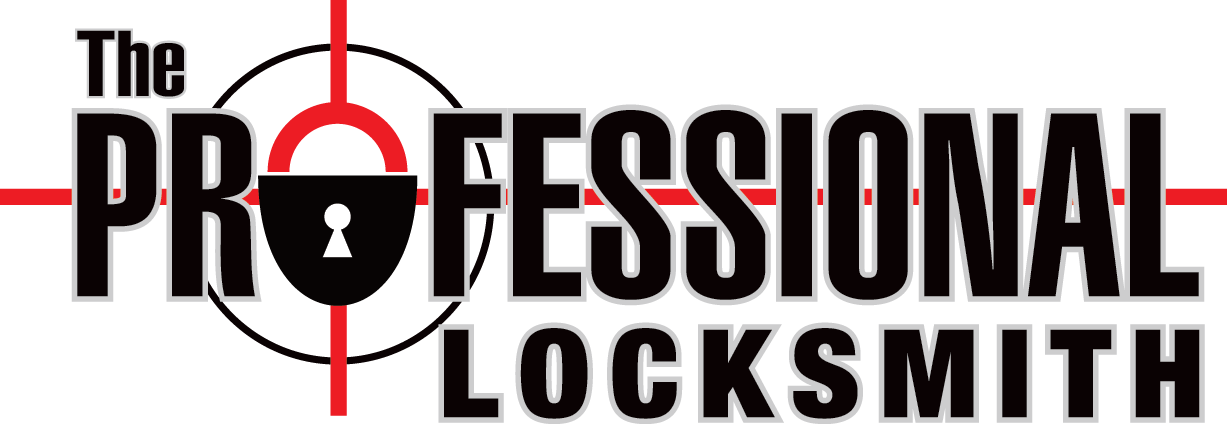When it comes to property security, there are various types of locks you can choose from. Knowing what each lock does will help you select the one most suitable for your requirements.
When selecting a lock, there are several factors to take into account such as materials, design, and functionality. Furthermore, you must take into account the environment in which it will be utilized. Let’s look at some of the types of locks you can use on your property.
Common Types of Locks for Property Security
Padlocks
Padlocks are an integral component of any security solution, but selecting the right one for your requirements can be tricky. You need to consider both the environment in which it will be used as well as its level of security required and whether indoor or outdoor usage will be prevalent.
Certain padlocks are specifically designed for outdoor or harsh environments. These locks utilize materials like stainless steel and phosphor bronze that resist corrosion and weather damage.
Additionally, you should take into account the security rating of a padlock. There are two reliable industry-standard ratings: "Sold Secure" and "CEN" (a European standard).
When protecting valuable items, the higher their value is, the greater the risk of theft or tampering and thus, the better quality it should be.
Deadbolts
Deadbolts are the most widely-used type of lock. They're typically installed on exterior doors leading to your home, such as a front or garage door.
These locks offer the highest level of security against physical attacks such as kick-ins. Furthermore, they are more resistant to prying than a knob or lever latch, making them an ideal choice for any residential home.
Single-cylinder deadbolts are the most popular, featuring a keyhole on both sides of the lock. They're perfect for homes with multiple doors where only one person should have access at a time - such as a bedroom door leading to your deck or other outdoor area.
When selecting a deadbolt, be sure to select one certified by the American National Standards Institute (ANSI). These rankings measure how secure a lock is against forced entry attempts.
Lever Handles
Lever handles, often overlooked as an aesthetic design element, offer a versatile and adaptable choice when it comes to architectural ironmongery. Their use on various interior (and exterior) doors can add an air of luxury and create the ideal atmosphere in any room.
Lever door handles come in a range of designs and finishes that can be tailored to suit each project, making them the ideal solution for multiple uses within one property or building.
These handles come in two distinct design types: lever on the rose and lever on the backplate. The main distinction between the two is that a lever on the rose handle features a circular rose cover which covers all screws and fittings for a flush look.
Strike Plates
Strike plates are a basic door security measure that reinforces the door frame and keeps a latch or deadbolt from being dislodged during a kick-in burglary. They come in various shapes, colors, and finishes to match your home decor.
Some strike plates are tailored to fit standard doors, while others are specifically made for certain types of frame and jamb types. Full lip strike plates are the most common style and work with most standard doors; extended lip strike plates provide added strength in thicker doors or frames with molding details.
There are also T-strike plates and circular strike plates, though these are less popular options for doors that have been prepped for this style of plate.
If you’re looking for the right locks for your property, you might just need lock installation, too. Make sure to hire a professional locksmith to help you.
